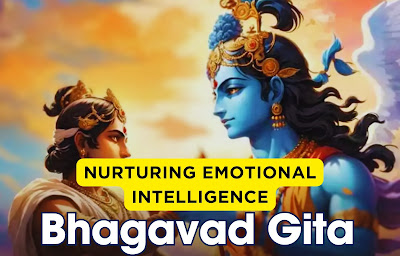What is karma as per Bhagavad Gita? and What does the Bhagavad Gita says about karma? || Types of karma mentioned in Bhagavad Gita

Introduction : The Bhagavad Gita extensively discusses the concept of karma, emphasizing its significance, implications, and the right approach to action. Karma, in the Gita, refers to one's actions and the law of cause and effect. Mention of Karma in the Bhagavad Gita: The theme of karma is prevalent throughout the Bhagavad Gita, discussed across various chapters, highlighting its fundamental role in life and spiritual evolution. Notably, chapters such as Chapter 2 (Sankhya Yoga) , Chapter 3 (Karma Yoga) , and Chapter 4 (Nyana Karma Sanyasa Yoga) specifically expound upon karma and its implications. Teachings on Karma: The Gita emphasizes the importance of performing actions while detached from the results. It elucidates that individuals have control only over their actions, not over the outcomes. Therefore, performing one's duties selflessly and dedicating actions to a higher ideal or the divine leads to spiritual growth and liberation. Significance of Karma in the Bhagavad







